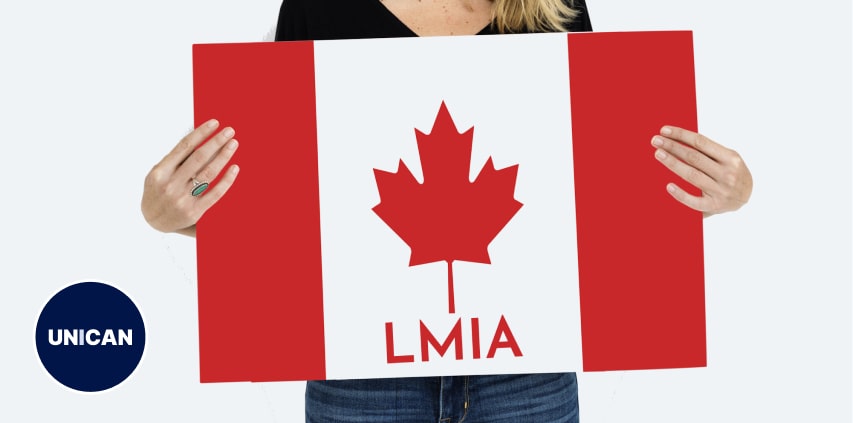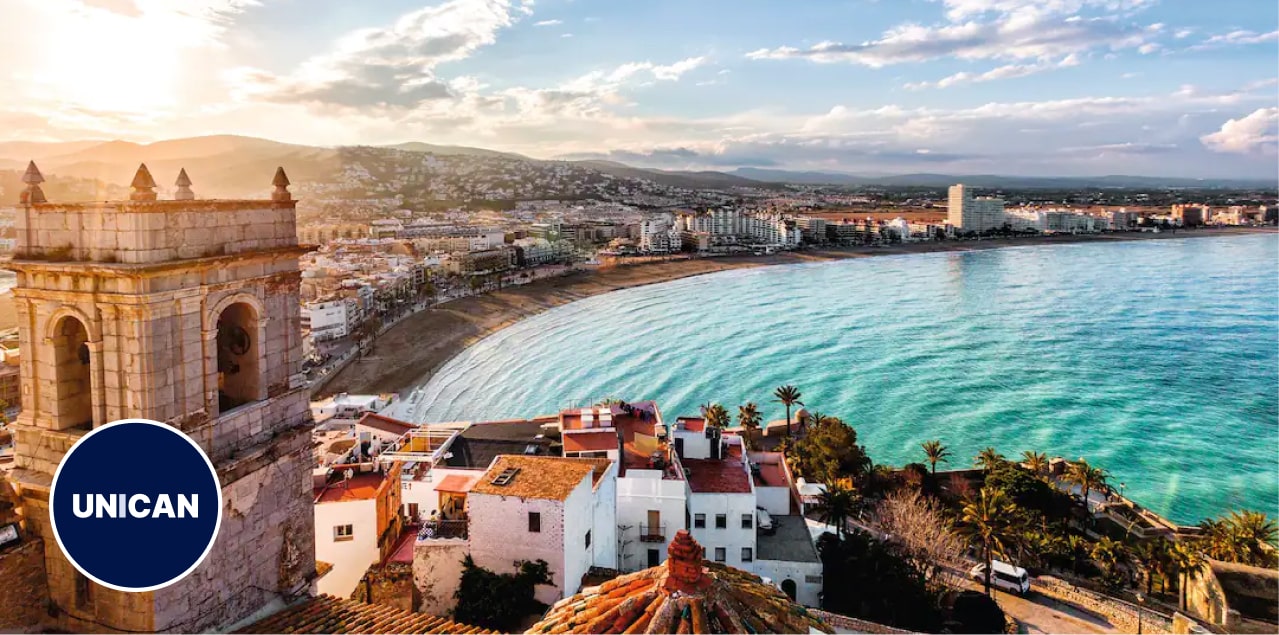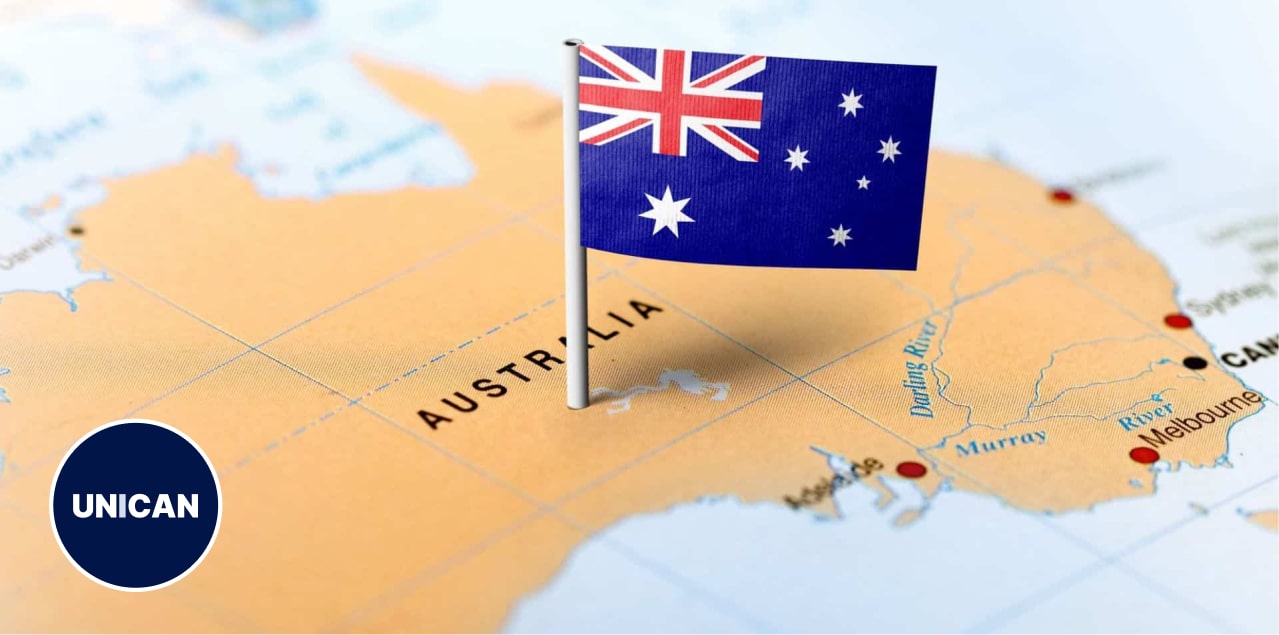IMP stands for International Mobility Program. It is a temporary work permit that is exempted from positive LMIA (labor market impact assessment). The program allows entrepreneurs, self-employed persons, senior manager, and project managers to start their own companies and run their businesses without needing a third-party company or employer in Canada.
Under this immigration program, Canadian employers are allowed to hire foreign workers on temporary work visas.
This type of work visa does not require a Canadian Market Impact Assessment permit or LMIA permit.
The International Mobility Program (IMP) allows Canadian employers to recruit foreign workers on a temporary work permit without the need for an LMIA (Labor Market Impact Assessment) to fill the temporary shortage of the job market in Canada.
It allows employers to hire foreign employees without first offering the job to Canadians.
Who is the IMP program mainly for?
The program is best for entrepreneurs or self-employed persons or anyone who has worked in a managerial position and is trying to get a Canadian work visa by starting their business.
What are the major requirements to qualify for the IMP program?
You must register a company in Canada, prepare a business plan, show a financial capacity of around CAD75000 and above, and finally obtain an offer of employment from your own newly registered company in Canada.
How is the IMP process?
Unican will register the company for you in Canada, prepare a 30 to 40-page business plan with financial projections, and obtain your offer of employment from the Canadian government. The total process will take between 30 to 45 days, and after the file is ready, Unican submits your file to the government of Canada to obtain your work permit.
What are the different types of IMP programs?
There are two types of visas under the IMP category, the C11 visa, and the C12 visa.
What is the difference between a C11 visa and a C12 visa?
C11 visa is for the owner of the newly established company who has at least 50% shares of the Canadian company with full authority over managing the business by obtaining an exemption from LMIA and moving to Canada, on the other hand, the C12 visa is for an employee of a Canadian company who can prove a significant role in the Canadian company.
In the C12 visa, if you have a company back home in the country of your current residence and you want to open a branch in Canada by appointing one of your senior managers who is currently working in your overseas, non-Canadian company to run your business then you apply for C12 visa for your staff.
In this program, you register a company with 100% shares in Canada under your name but you do not intend to move to Canada and run it, instead, you want to appoint an employee in your non-Canadian company to move to Canada and run it for you.
As a requirement, for the C12 visa for your staff, you must already own a company back home before opening the Canadian company, and the staff you would like to send to Canada as your manager must have worked as a senior manager in your company, at least, for the past one year.
Both visas have the capability of ending up permanent residency after one year of operation in C11 by the owner and operator of the business or by the employee as a senior manager in C12.
What are the benefits of an IMP work visa?
No need for an LMIA license (No need for an LMIA whether you apply for C11 or C12)
- Shortening the application process for a work visa
- The possibility of accompanying family members
- Faster work visa issuance with the Global Skill Strategy program
- Possibility of changing the initial business concept partially or totally
- The possibility of obtaining permanent residence in Canada after receiving a work visa
- No age limit, no minimum language requirement, and no minimum education requirement
Exemptions from the LMIA process are positions that:
Provide broader economic, cultural, or other competitive advantages for Canada; and Provide reciprocal benefits to Canadians and permanent residents.
The International Mobility Program or IMP is primarily administered by Immigration, Refugees, and Citizenship Canada (IRCC).
For certain IMP streams that require job offers, the employers must offer the job in Canada’s government’s Employer Portal. They must provide information about the business’s nature and size, its main activities, and minimum requirements for the position, such as education level, language skills, wage, and benefits being offered. They must also pay a compliance fee of CAD230.
Click to see the latest Canadian news!
The employer will receive an ID number after submitting an offer of employment via the Employer Portal. Then, the temporary foreign worker must use this number to apply for a work permit. If the temporary worker is eligible to work in Canada and his or her application is approved, s/he will receive a letter of introduction (if s/he is outside Canada) and a work permit from a Canada border services officer. At the port of entry, the letter of introduction is exchanged for a work permit if all the requirements are still met.
The Employers who wish to hire employees with an open work permit, on the other hand, are not required to submit an offer of employment through the Employer Portal, nor do they have to pay any fee. An open work permit allows the permit holder to work for any Canadian employer. Other fee-exempt positions include those covered by a non-trade agreement, certain research positions, and charitable or religious work.
One of the main advantages of IMP is that the applicant will be able to apply to other Canadian immigration programs and change his or her temporary status to a permanent one- under certain circumstances- after moving to Canada and obtaining work experience.
Another advantage of the program is that it allows people with noticeable professional experience or skills to start a business in Canada. They must demonstrate that the company has a mission and they, as the owner and operator, can transfer their expertise and create jobs in Canada. In this case, they can hire themselves as an employee of the company.
Of course, this procedure may differ from case to case. The applicant who wishes to engage in a small trade cannot apply for this program. S/he must demonstrate why s/he is moving to Canada and working for the company. S/he must first register a company and show s/he has a physical address and meets certain requirements for the business. S/he must also prove that s/he has enough money to run the business and have a detailed business plan. Moreover, s/he must demonstrate that s/he has special expertise or experience as an applicant who plans to move to Canada and start his or her own business to pursue his or her expertise in the country.
Comparison of TFWP Work Visa and Canadian IMP Work Visa Conditions
At the opposite point of the IMP, program is the Temporary Foreign Worker Program (TFWP), through which Canadian employers can hire foreign workers to enter Canada with a work visa. But this program requires LMIA approval and the process of obtaining a work visa through it is longer than the IMP program.
IMP Work Visa requirements
As mentioned, the Canada IMP works visa program has several tracks and each of these tracks will lead you to a Canadian temporary work visa. The IMP work visa requirements depend on which of the International Mobility Program or IMP tracks you choose.
Each Canadian IMP program and procedure has its requirements. Some work visa conditions are general and common to all IMP immigration methods, and some conditions are specific to that IMP method.
General conditions
- Having a valid academic degree
- Having enough work experience
- Having sufficient financial ability to cover living expenses in Canada
- Having good English or French language skills
- Having physical health
- Not having a bad background
Special conditions
By choosing any path from the IMP program, you must also meet its specific conditions:
Example 1: If you want to get a Canadian temporary work visa through the intra-company transfer program (ICT visa), you must meet certain conditions, such as: Having a business plan through which you can show a realistic plan in your work field in Canada that justifies your work activities in this country.
Example 2: If you want to get an IMP to work visa through the Mobilité Francophone Program, you must meet the following conditions:
- Your mother tongue is French, or you are bilingual, which means that you have mastered French in addition to your mother tongue.
- Get a job offer from a Canadian employer outside Quebec.
- Your job offer must be classified as A, B, or 0 in the Canadian NOC.
Required documents to obtain an IMP Work Visa
To obtain a work visa in any of the methods of the IMP program, you must submit documents related to that method. Since the IMP work visa is a type of temporary work visa, you must provide documents that show that you will not stay there for a long time and will return to your country after the specified deadline.
Some of these documents are general, such as:
- Identification documents (valid passport, birth certificate, marriage certificate if any)
- Academic qualifications (university degrees and transcripts)
- Job documents (job letter, work contracts if any, insurance records, company registration documents, or acquisition certificate in case of self-employment)
- Financial documents (financial capacity, account turnover, property documents, etc.)
- Certificate of no bad background and medical tests.
Documents that are specific to each IMP program:
For example, in the intra-company transfer (ICT) program, you must provide certain documents such as:
- Documents proving that you are employed by an international company outside of Canada and intend to transfer to the Canadian branch of that company.
- Provide descriptive documents that show the existence of a concrete connection between the activities of the company outside of Canada and its Canadian branch or any other company that is considered to be its partner in Canada.
- Providing a detailed business plan.
Procedures for obtaining an IMP Work Visa
Depending on each IMP method, the steps to obtain an IMP work visa are somewhat different, but the general steps are as follows:
- Receiving a job offer from a Canadian employer (which does not include all IMP routes).
- Extension of the job offer by the employer
- Applying for a work visa
- Issuance of IMP work visa
Types of open work permit
There are two types of Open Work Permit issued under the IMP program:
Restricted Open Work Permit
Under this work permit, you are limited to occupation or location, which means you can only work in a specific job or a specific place in Canada.
For example, if you have applied for Canadian permanent residence through one of the PNP provincial immigration programs and are waiting for the result, you can also apply for a bridging work visa and start working in the meantime. But your employment will be limited to the province through which you have applied for permanent residence, and you must work in the same province.
Open Work Permit (Unrestricted)
Under this work permit, you have no restrictions in terms of job and workplace, and you can work in any job and anywhere in Canada.
For example, on a post-study work visa or PGWP, you can work in any job and anywhere in Canada.
How to immigrate to Canada through the IMP program?
The IMP immigration program has several routes to obtain a Canadian temporary work visa. Obtaining a work visa through each IMP immigration route requires its requirements and documents, but they all have one thing in common: no need for an LMIA permit.
Comparison of TFWP work visa and Canadian IMP work visa conditions
At the opposite point of the IMP, program is the Temporary Foreign Worker Program (TFWP), through which Canadian employers can hire foreign workers to enter Canada with a work visa. But this program requires LMIA approval and the process of obtaining a work visa through it is longer than the IMP program.
How much does Canada’s IMP program fund?
The applicant must prove to the Canadian government with his documents of financial ability that he has the sufficient financial ability to stay and start a business in Canada and he will not face any problem meeting the minimum requirements of living in this country.
Therefore, financial resources can be divided into two parts:
Financial ability to cover the cost of living
Canadian immigration officers use the Lyco chart as a tool to assess an applicant’s financial means. LICO stands for Low-income cut-off which means the lowest amount of income and is used to show the poverty line in urban areas of Canada with a population of at least half a million people. In other words, if your income is less than the LICO, in Canada’s eyes you are below the poverty line.
Financial ability to cover investment costs (if starting a business in Canada)
The minimum amount required for investment will be determined according to the type of business in Canada.
Ways to prove financial ability to hire a worker without an LMIA
Some of the ways to prove financial ability are as follows:
- Proof of financial ability through bank letter and quarterly circulation of short-term accounts
- Proof of financial ability through a bank letter and one to two months’ circulation of short-term accounts along with sources
- Proof of financial ability through a bank letter from long-term accounts (and financial source if needed)
- Proof of financial ability through a foreign currency account along with providing a financial source
- Proof of financial ability through bank letter and official real estate appraisal
After all, we are here to help you apply for the Canadian IMP program.









